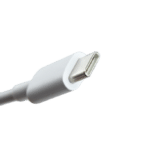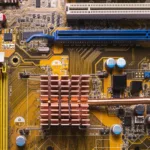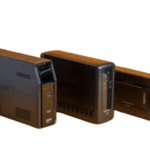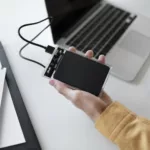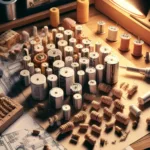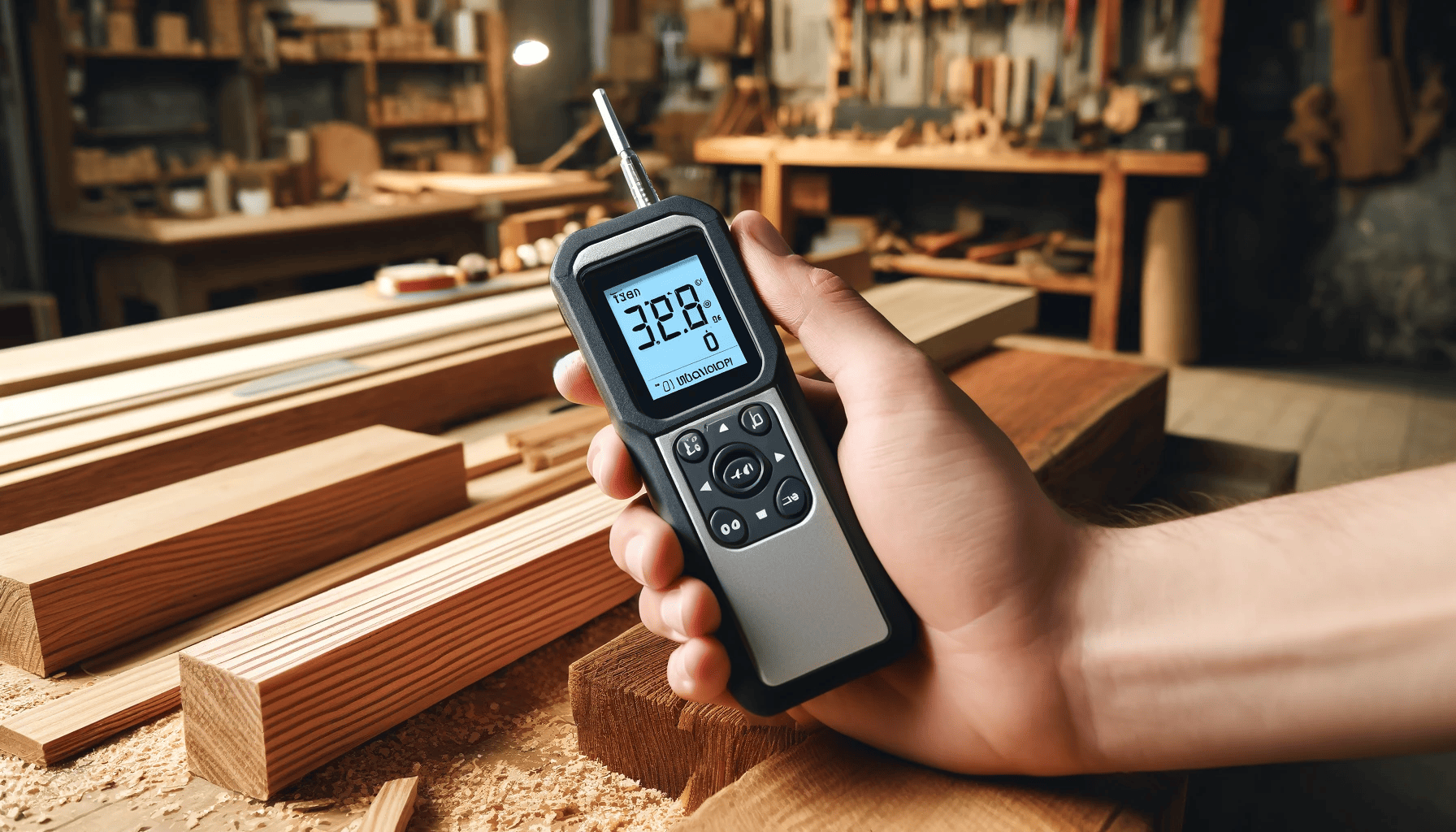
Introduction
Modern moisture meters have become more sophisticated, offering higher accuracy, better reliability, and user-friendly features. These devices provide essential data about the moisture content of different materials, enabling professionals to make informed decisions and maintain quality control. For professionals across fields, understanding and utilising the capabilities of these smart devices is essential for achieving optimal outcomes. This article discusses the significance of modern moisture meters, covering their pivotal roles, their distinguishing features, applications across diverse sectors, and the technological advancements driving their evolution.
What are Modern Moisture Meters? Understanding Their Basics
Moisture meters are versatile hand tools that measure the percentage of water content present in a material or environment. They are also known by multiple alternative names, including a hygrometer, moisture gauge, damp meter, damp tester, damp detector, and humidity monitor in various regions. These components are significant in ensuring the longevity of substances, as high moisture content can degrade the materials if unchecked for extended periods.
They are sophisticated instruments that have come a long way from their simpler predecessors. These high-performance hygrometers use a variety of technologies to quantify the moisture content of a material. A modern moisture meter tends to be more accurate, user-friendly, and versatile, thanks to advancements in technology.
Most Common Types of Moisture Meters
The main types of such devices include pin-type, pinless, and all-in-one moisture meters. A Pin-type meter is used for electrical resistance to measure moisture content and work by passing a small current through two pins inserted into the material. Pinless meters use a variety of technologies, including microwave, radio frequency, and impedance, to measure moisture content. These meters do not require any penetration of the material, which can be an advantage for delicate materials or materials that you don’t want to damage. Additionally, all-in-one moisture meters combine pin and pinless methods, offering versatility and convenience for various applications.
The Significance of Modern Moisture Meters in Various Applications
Moisture content is a critical parameter in various industries, including agriculture, construction, and manufacturing. Excessive moisture can lead to spoilage, mould growth, structural damage, and compromised integrity in different materials. They have gained prominent significance in multiple applications because they are quick, non-destructive, and accurate. These advanced features of a modern moisture meter lead to better quality control, efficient resource management, and, ultimately, cost savings.
Traditional vs. Modern Moisture Measurement Techniques
Modern moisture measurement techniques offer significant advantages regarding speed, ease of use, and suitability for various applications. Traditionally, moisture measurement involves time-consuming and subjective methods, such as oven drying, chemical analysis, and visual inspection. These methods were labour-intensive, lacked precision, and often required destructive sampling. However, the advent of modern moisture meters with advanced technologies such as capacitance, resistance, and infrared sensors has led to providing rapid, non-destructive, and accurate measurements.
Critical Role of Modern Moisture Meters: Exploring Real-World Applications
Modern moisture meters have revolutionised the process of humidity measurement in various industries. Some key areas where they are crucial include:
Optimising Agriculture
Modern moisture meters are handy tools for farmers, providing precise irrigation, enhanced crop quality, and higher yields. By measuring soil moisture, farmers can determine exactly when and how much to water their crops. This ensures optimal growth, prevents overwatering and water waste, and promotes resource conservation. Additionally, knowing the moisture level allows farmers to make informed decisions that can improve crop health and lead to higher yields.
Smart Farming Practices
Modern moisture meters boast features like data connectivity and analytics. This enables remote monitoring of moisture levels and real-time adjustments to irrigation strategies, leading to more efficient farm management. Also, precise moisture measurement helps farmers use water efficiently, which is critical for environmental sustainability, especially in drought-prone regions.
Beyond agriculture, they are valuable tools in various other industries as well, including:
Manufacturing
In the manufacturing industry, a moisture meter can ensure the correct damp content in materials like wood, concrete, or textiles–essential for maintaining product quality and meeting industry standards.
Construction
Moisture meters help prevent problems like mould growth or structural issues in buildings by checking humidity levels in materials. Examples include a moisture meter for walls, concrete, and flooring.
Food Processing
In the food industry, moisture content affects product shelf-life, texture, taste, and overall quality. A Moisture meter enables food manufacturers to control moisture levels during processing, ensuring consistency and compliance with regulatory standards.
Textiles and Paper Industry
Textile manufacturers utilise moisture meters to maintain consistency in fabric moisture levels, which is critical for dyeing and finishing processes. Similarly, the paper or pulp industry relies on these devices to control moisture content during paper production, preventing defects and ensuring product quality.
Latest Advancements in Moisture Meters Technology
Recent advancements in such gadgets have made them even more helpful across various industries. Some of the exciting trends incorporated in these smart meters include:
- Digital Displays and Data Logging: Modern moisture meters feature digital displays for precise readings and data logging capabilities, allowing users to track moisture levels over time and analyse trends.
- Wireless Connectivity: Some moisture meters come with wireless connectivity, enabling remote monitoring and data transfer to smartphones or computers. This facilitates real-time decision-making and enhances efficiency.
- Multifunctionality: Modern hygrometers offer multifunctionality, combining moisture measurement with additional features, such as temperature sensing, relative humidity measurement, and material identification.
- Portability and Integration with IoT: IoT-enabled portable moisture meters can communicate seamlessly with other smart devices, creating highly efficient and automated networks.
- Non-destructive Testing: Advances in technology have developed non-destructive moisture meters that can assess moisture levels without significant damage to the tested material. These smart meters are widely favoured for delicate surfaces or finished products.
Wrapping Up
Modern moisture meters play a pivotal role in ensuring product quality, efficiency, and competitiveness across various industries. By leveraging advanced technologies and precise measurement techniques, these smart instruments empower businesses to optimise processes, minimise waste, and deliver superior products to consumers. The future of these instruments holds exciting possibilities in terms of further enhancing moisture measurement capabilities and driving innovation across industries.







